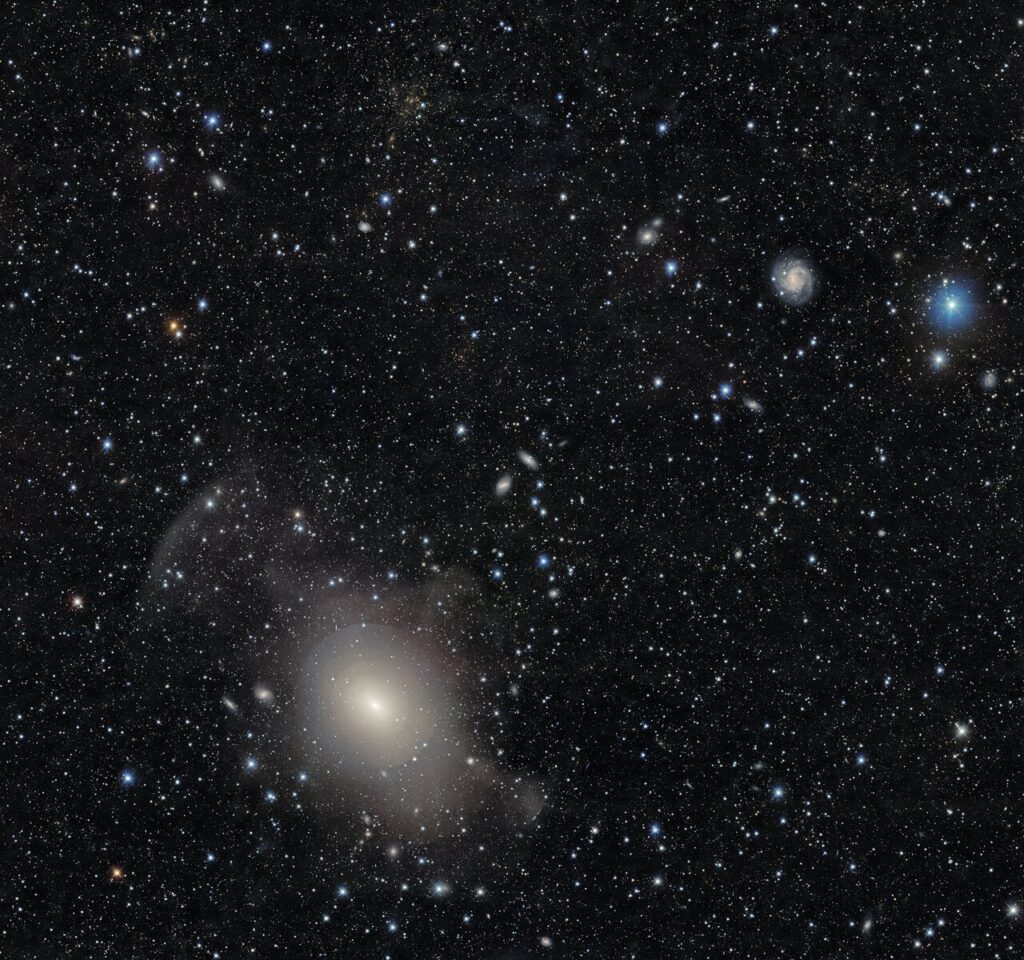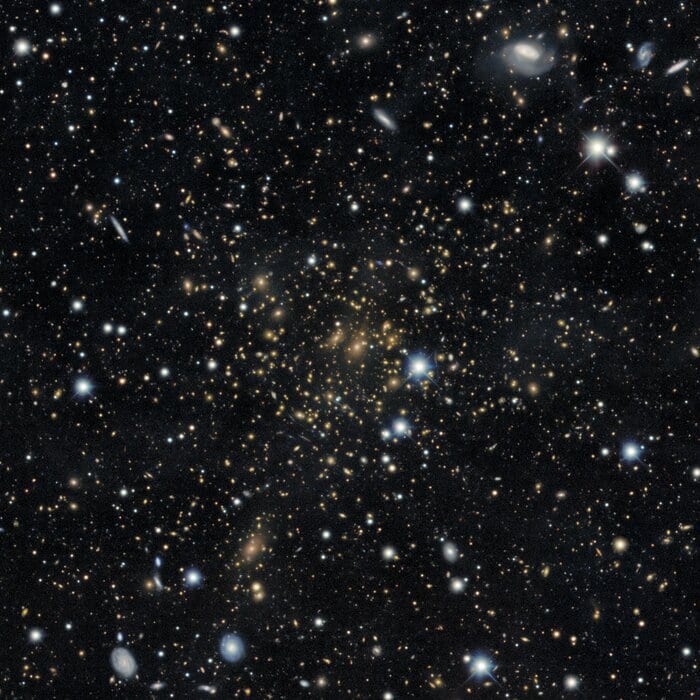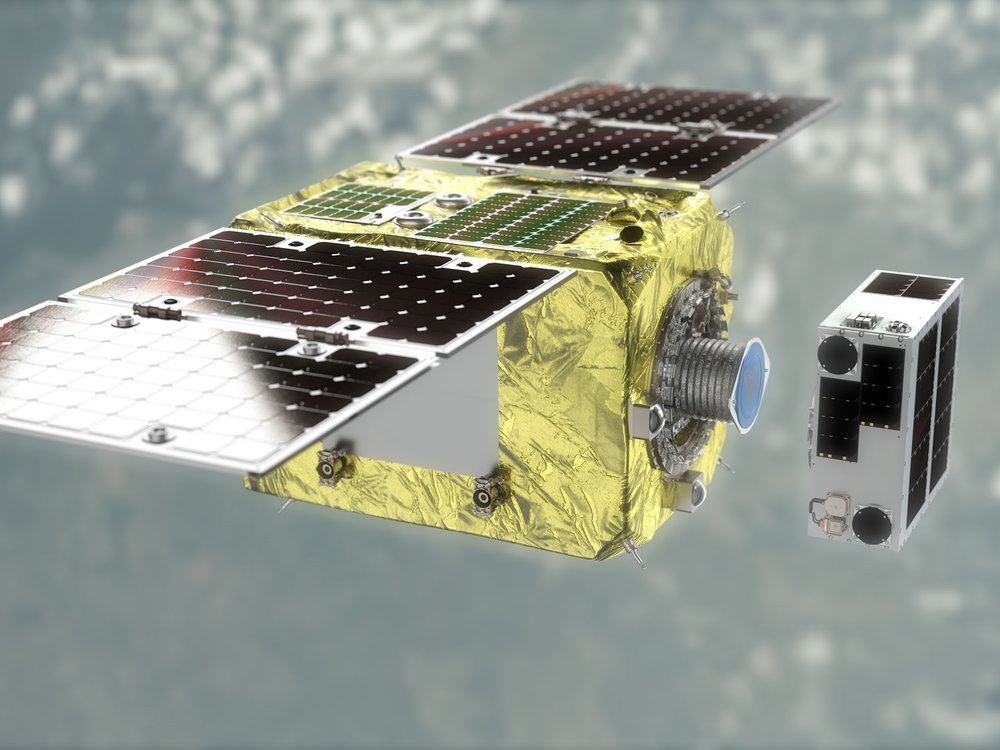
The Milky Way is a pretty standard and unremarkable galaxy. It’s a spiral galaxy, which is the most common type of galaxy out there. It’s not too big and not too small — just your standard, run-of-the-mill galaxy. But there are other, way funkier types of galaxies out there.
Other than spiral galaxies, two of the main types of galaxies are elliptical and irregular. Elliptical galaxies are usually the largest. They’re so large they’re thought to usually form through the collision and merger of other galaxies or their own spiral arms. This is not as uncommon as you’d think — even our galaxy is set to collide with Andromeda, though that won’t happen for a few billion years.
A further subbranch of elliptical galaxies is shell galaxies, or “onion” galaxies. They’re called this because they have concentric shells, much like an onion. It’s exactly this type of galaxy that astronomers have now imaged.
An onion galaxy
The galaxy is called NGC 3923 and it lies a whopping 70 million light years away from us. It’s around 150,000 light-years across, which makes it some 50% bigger than our galaxy. But unlike our galaxy, it’s got several concentric shells. Previous research concluded that it may have as many as 42 distinct shells in its structure.
The shells are the result of a previous collision with another galaxy (or several). Think of it this way: a galaxy is moving and spinning. If you take a bowl of batter and stir it quickly (much like a galaxy is spinning) and then you add a drop of food coloring into it, it won’t immediately disappear in the batter. Instead, it will stretch out in a spiral, expanding more and more until it ultimately gets absorbed.
This is pretty much what’s happening with the galaxy — except instead of a coloring drop, we’re talking about entire stars and solar systems that are spun around thusly.
What makes NGC 3923 even more interesting is that its shells are strikingly symmetrical. You need very specific conditions for this to happen and it makes for a remarkable sight. The shells are also more subtle than those of other onion galaxies, though it’s not clear why this is.
Gravitational lensing


The image of this galaxy was created with the National Science Foundation’s Victor M. Branco telescope on the Inter-American Observatory in Chile. But the NGC 3923 galaxy isn’t the only remarkable thing in this image.
If you look closely at it, you’ll find thousands of galaxies and stars in the background, including a larger gravitational lens at the top of the image.
Gravitational lenses were first predicted by Einstein in the 1930s as a consequence of the General Theory of Relativity. The theory states that a massive object with a large enough gravitational pull can distort space-time around it, warping it. This was confirmed and is a very useful phenomenon for astronomers. Basically, large objects and structures like galaxy clusters enable the better visualization of other objects in their path — they sort of act as a lens.
Also in the image is another striking phenomenon: a deformation of galaxies under the effect of dark matter. We don’t know what dark matter is but it makes up 85% of the mass in the known universe, and it seems particularly concentrated around clusters of galaxies.
No doubt, images like this one aren’t just a pretty sight — they’re important tools that can help astronomers understand the most complex and important phenomena that shape our universe.
Thanks for your feedback!

